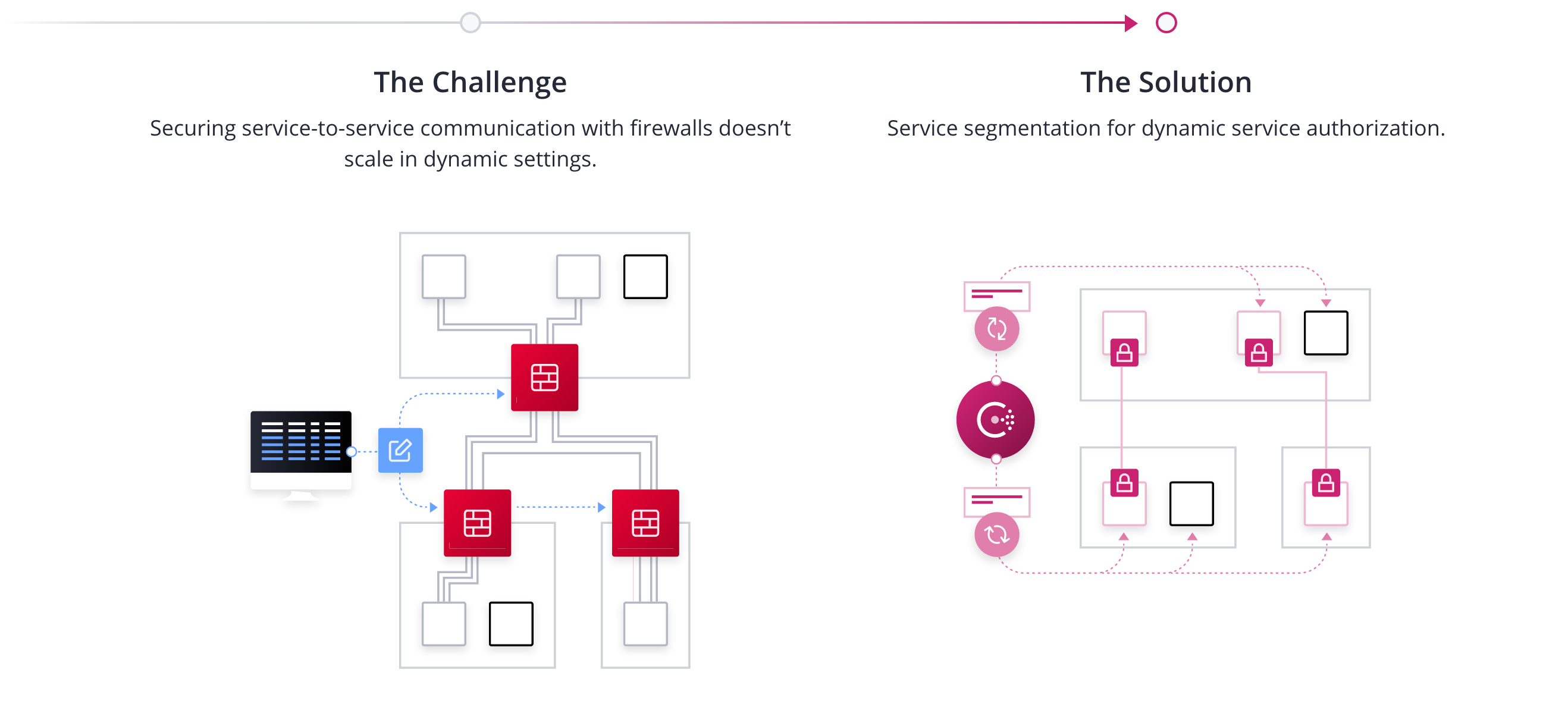
Nic Jackson
Nic Jackson is a developer advocate and polyglot programmer working for HashiCorp, and the author of "Building Microservices in Go" a book which examines the best patterns and practices for building microservices with the Go programming language. In his spare time, Nic coaches and mentors at Coder Dojo, teaches at Women Who Go and GoBridge, speaks and evangelizes good coding practice, process, and technique.







